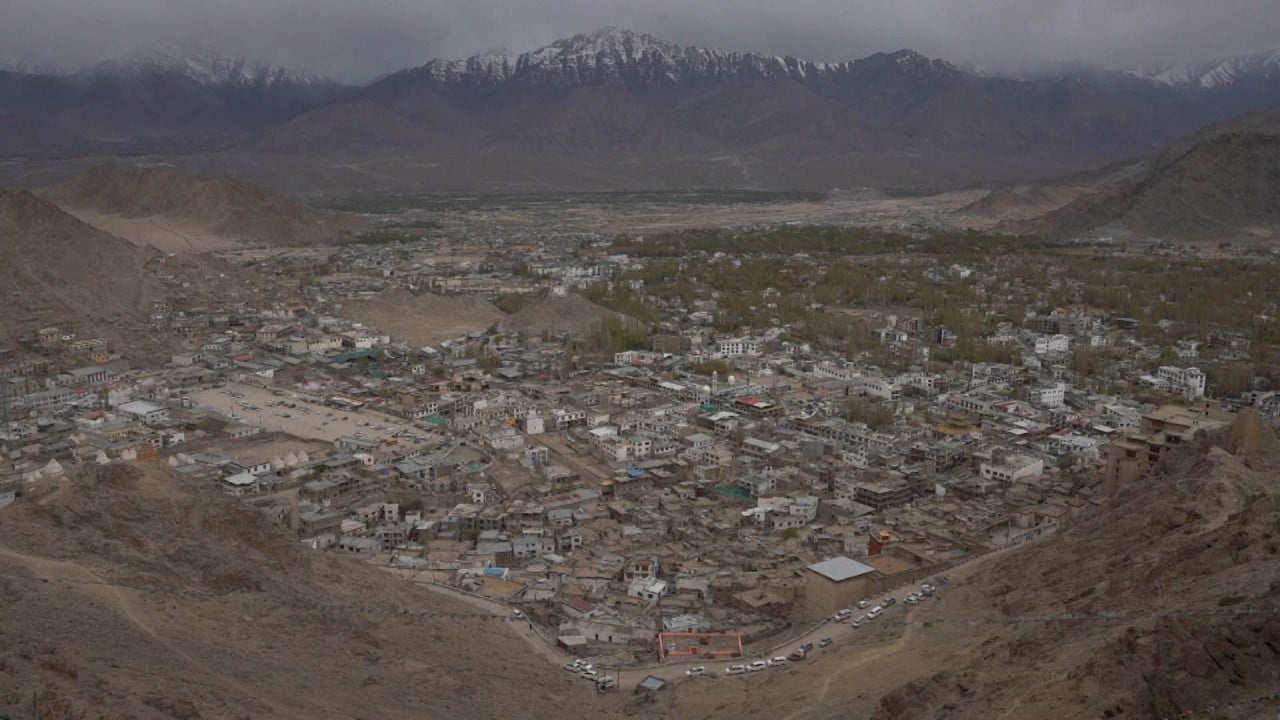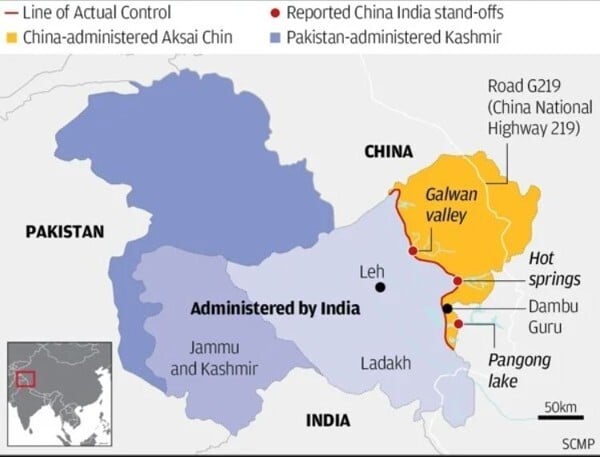
India, China’s top generals hold talks at Himalayan border amid efforts to defuse month-long stand-off
- The high-level talks to ease the tense situation along the Line of Actual Control come a day after Indian and Chinese diplomats discussed the boundary flare-up via videoconference
- Analysts say the meeting alone is unlikely to resolve the crisis but would help New Delhi to determine the reasons behind Chinese aggression
While countries were tight-lipped about the discussions in the four-hour meeting, Indian sources indicated that a statement might be issued late on Saturday night after high-level military and diplomatic deliberations.
Expectations were low in the Indian camp that the meeting would result in an immediate end to the stand-off, but Indian officials said New Delhi could gain a better understanding of the reasons behind Beijing’s aggressive posturing on the border.
Sources said that the Indian side stressed the need for troops from both sides to return to positions they had held before the stand-off began in early May.
India was represented by 14 Corps Commander Lieutenant General Harinder Singh with the meeting taking place in Moldo, on the Chinese side of the undemarcated boundary known as the Line of Actual Control (LAC), in what experts described as an unprecedented high-level military exchange.

02:19
China-India border dispute fuelled by rise in nationalism on both sides
In the meeting, the two sides decided to “handle their differences through peaceful discussions,” according to a statement released by the Indian Ministry of External Affairs.
Going into talks, Indian military sources had said that New Delhi would be pressing for the two militaries to go back to the positions that they had held before the stand-off and for the Chinese side to not make any fresh territorial claims.
Sources said a high-level meeting like this would help the Indian authorities determine the reasons behind Chinese aggression.
“The Chinese decision-making can be quite opaque and hence, one does not understand what the immediate provocation for their aggression on the border could be. This meeting might hold the key,” a source said.
China using border dispute to warn India: ex-diplomat Shyam Saran
Analysts agree, but warn that Saturday’s meeting, alone, is unlikely to resolve the crisis.
“What will, most likely, happen is that both sides will get a better understanding of each other’s position and these outstanding issues will then have to be dealt with at different platforms, either diplomatically or politically,” said Sameer Patil, a Fellow of International Security Studies and a China-watcher at the Gateway House, a Mumbai-based think tank.
“That the United States has rallied around India would have clearly inspired confidence in the Indian camp that there was likely to be more global support for its case against China,” said Patil.
Rajeev Ranjan Chaturvedy, a senior international relations analyst based in Delhi said Saturday’s meeting has allowed both China and India to exchange views on their respective positions.
“It helps to create the right environment for a deeper discussion among officials. However, I don’t think China’s territorial offensive will end. Changing the status quo through incremental encroachment in disputed territory has become a permanent feature of Chinese foreign policy and I do not see any signal of change in China’s behaviour,” Chaturvedy added.

Long Xingchun, president of the Chengdu Institute of World Affairs, an independent think tank based in China’s southwest, said the meeting is expected to help soothe tensions and play a role in solving the border conflicts between the two countries.
● India’s Ministry of External Affairs issued the following statement on Sunday morning, June 7:
“It (the talks) took place in a cordial and positive atmosphere. Both sides agreed to peacefully resolve the situation in the border areas in accordance with various bilateral agreements and keeping in view the agreement between the leaders that peace and tranquillity in the India-China border regions is essential for the overall development of bilateral relations.”
There was no immediate reaction from Beijing.
Additional reporting by Kristin Huang

